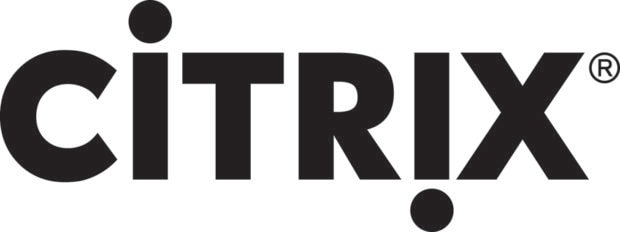August 26, 2019
Why Your Organization Needs Citizen Data Scientists — and How to Get Them
Advanced business analytics tools combine artificial intelligence and natural language processing, enabling more employees to glean deeper insights from data.

Seven years ago, Harvard Business Review called data science “the sexiest job of the 21st century.” It’s even sexier today, judging by the 55 percent increase in data scientist job postings between June 2017 and June 2019, with annual salaries averaging $121,000.
This demand reflects the growing amount of data that organizations collect and source from third parties. One example is the Internet of Things: By 2021, the global number of IoT devices will hit 25 billion, up from about 14 billion today, Gartner says.
The chronic short supply of data scientists is just one reason why organizations are increasingly turning to business analytics (BA) tools such as IBM Cognos, Microsoft Power BI and Tableau. These solutions enable everyone in an organization — sales executives, supply chain executives, line-of-business managers and even data scientists — to quickly and intuitively analyze massive amounts of data to find nuggets of actionable insight.
Work Smarter, Not Harder
One way BA tools democratize data analysis is by using artificial intelligence (AI), including natural language processing (NLP). This frees people to use everyday (and even vague) language in their queries.
For example, suppose a retail user types, “Tell me about sales,” into a BA solution. The tool may respond with a variety of answers, such as the overall amount, trends by product or region, weather-related spikes and so on. The user can then click on each answer to learn more.
AI also mitigates the problem of not knowing what you don’t know. A user who is unaware that a cold snap had a significant effect on Q1 sales won’t know to explore that possibility in the first place. But an AI tool may be sophisticated enough to identify all of the variables and correlations, and then bring them to the user’s attention.
BA tools also use NLP to mitigate another common problem: Two people can look at the same results and draw markedly different conclusions. BA tools provide answers in everyday language, with recommendations such as, “Investigate the inventory peak that has occurred the third week of every month over the past two quarters.”
Make Intelligent Judgments
AI also can save time by ranking recommendations. For example, one CDW client, an oil company, uses a BA tool for root cause analysis. When a piece of machinery leaks or cracks, the AI uses data from past incidents to put the most likely cause at the top of the list. This prioritization minimizes downtime.
Finally, data analysis has become a critical process because data itself is so valuable. That’s why the best BA tools help secure data. For example, some tools enable organizations to set rules about which job titles can access which datasets, or even specific rows within a set.
No wonder Gartner named this kind of “augmented analytics” one of its “Top 10 Strategic Technology Trends for 2019.” In the process, BA tools are giving more people in each organization the power to become what Gartner calls citizen data scientists.
“Augmented analytics identify hidden patterns while removing the personal bias,” Gartner says. “By 2020, more than 40 percent of data science tasks will be automated, resulting in increased productivity and broader use by citizen data scientists. Between citizen data scientists and augmented analytics, data insights will be more broadly available across the business, including analysts, decision-makers and operational workers.”
This blog post brought to you by:

